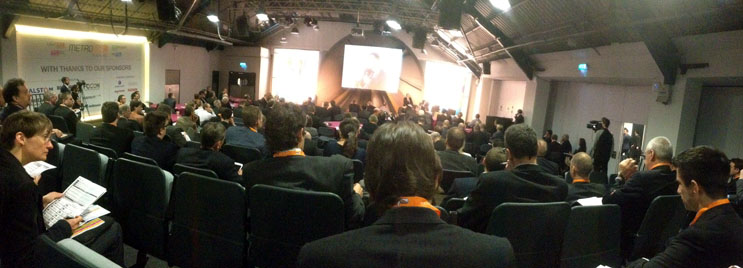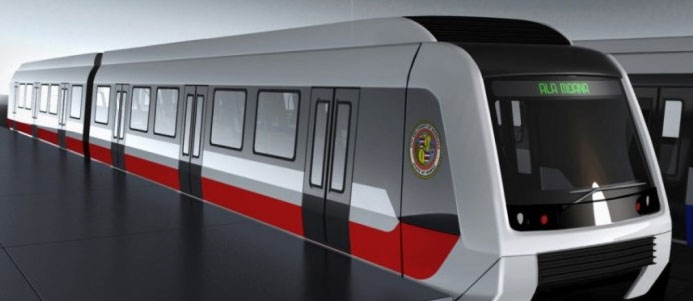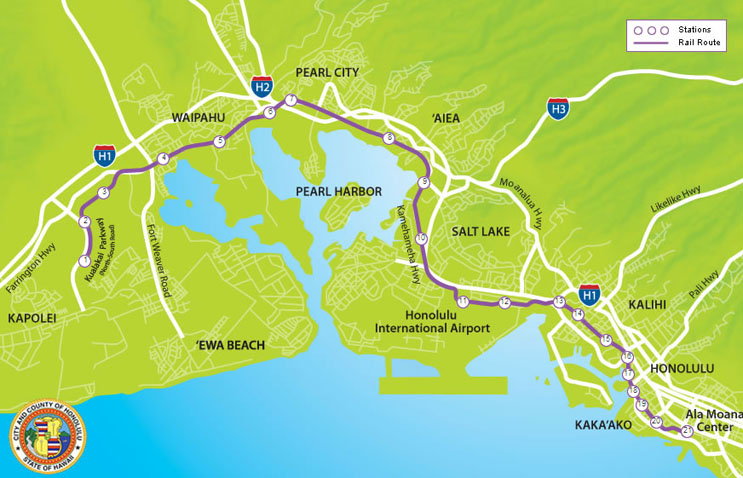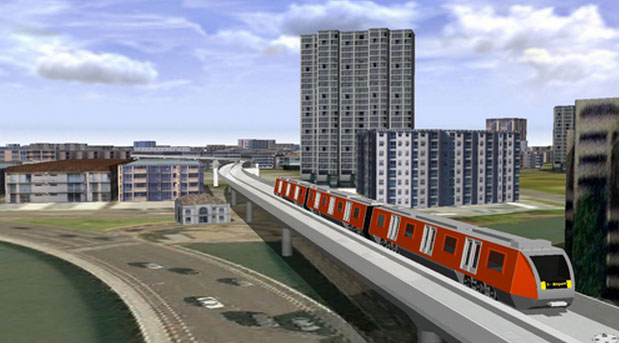Lessons Learnt from the New Honolulu Transit System
In 2017 the all-new Honolulu, (state capital of Hawaii), elevated track and driverless rail transit system will open to passengers. Whilst I was attending Metro Rail 2014 I was lucky enough to attend a presentation given by Dan Grabauskas, executive director and CEO of the Honolulu Authority for Rapid Transportation (HART), on this groundbreaking project.

Image: Metro Rail 2014
Let’s get started with some train design facts
80 = number of trains there will be
21 = number of stops
20 = miles of track
Yes = wifi will be onboard the train
Yes = bike racks
Yes = surfboard racks (no joke – this is to meet local demand)
Some local facts
1 million = population of Hawaii
8 million = number of tourists to Hawaii per year
2,479 = miles from Los Angeles
4,108 = miles from Japan
What they learned about planning the Honolulu Transit System
After Los Angeles, Honolulu has the second-worst traffic flow in the world. In essence, all of the cars are in constant gridlock. So they decided to elevate the track to avoid congestion. The track was also elevated for safety so that no pedestrians, cyclists or cars could collide with the trains whilst in service.
They wouldn’t be able to do any tunneling at all on the island because of earthquakes. The seismic activity on the island, generally created by the volcanoes, would put these types of construction in jeopardy.
During the consultation stage, the locals let them know that they didn’t like the look of overhead power cables and so they went for the third rail option – neatly hidden under the train next to the track.
Benchmarking against Copenhagen
Dan Grabauskas made no bones about the fact that their new system was inspired by the Metroselskabet Copenhagen. “Because it’s a proven system.”
After the talk, there was a discussion between Dan Grabauskas (HART), Erik Skotting (COO of Metroselskabet Copenhagen) and Pierre Mongin (Chairman and CEO of the RATP Group – Paris Metro). During this, Erik Skotting gave some words of advice to Dan Grabauskas about the impending 2017 launch:
“The first month of opening is the most important in the thirty years of the railways life. This period is when you must ensure you get the confidence of the locals. Everything must run perfectly, otherwise it’s a waste of $30 billion.”
Why driverless?
Dan Grabauskas, was of the opinion that driverless was the obvious decision because of the many advantages. These focused on punctuality, safety, and the cost savings.
Plus, if you think about it, in the olden days both lifts and elevators were attended because people were scared to be alone in a moving vessel. Now, of course, you’d only find such luxuries in the finest of hotels.
Here’s a link to their official website and below you can see a video on the service.



